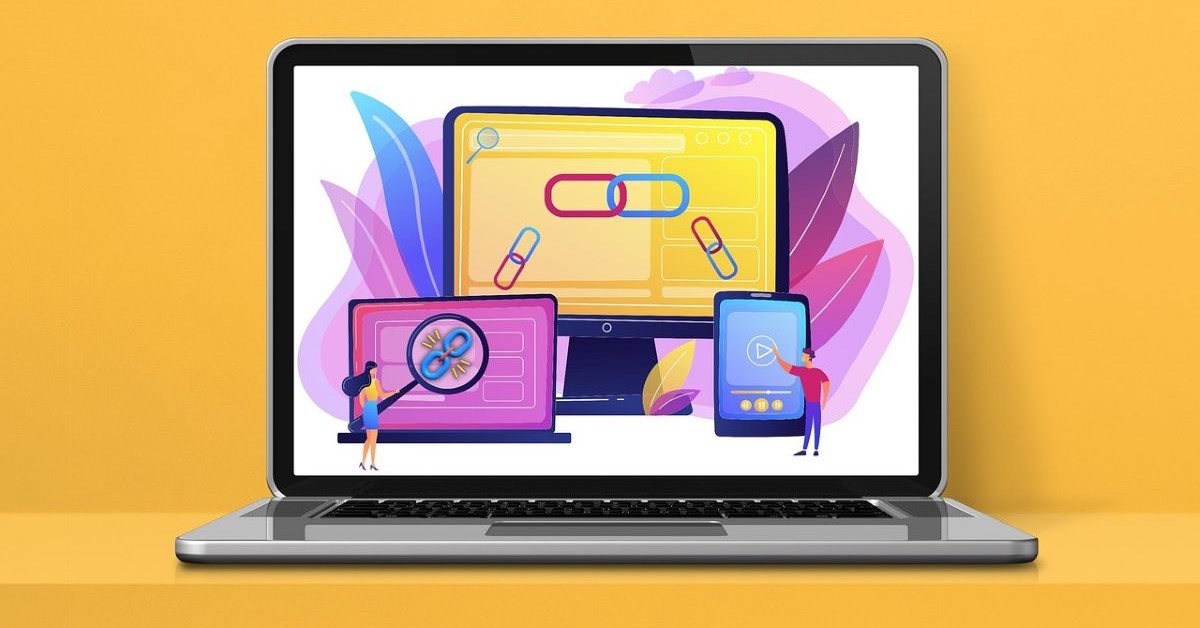#CDE22 – Hackathon Triumph for Biodiversity Sculpture
19/07/2022

We have just completed running for NERC their first ‘Constructing a Digital Environment’ (CDE) conference ‘#CDE22’, hosted at the University of Birmingham from 10-12 July 2022. A hackathon was run in parallel with the conference on the theme of “Bridging data sciences and the public with art” with the aim of turning environment data into an art form.
We are delighted to report that Dr Tom August has been declared winner following a unanimous judges’ decision and is awarded the top prize of £3,000. His artwork, An Incomplete Picture explores the biodiversity crisis in the UK based on the data in NERC’s EIDC, highlighting the limitations of that data that mean “that our estimates of the species’ trends is very uncertain, and for other species we have no data at all, we simply don’t know what is happening to them.” Tom manipulated the statistical data into word clouds that were engraved onto birch plywood with clarity of the words signifying uncertainty and with gaps of clear acrylic indicating missing data, all enclosed in an incomplete walnut veneer frame.
The judges, Prof. Albert Chen, Prof. Stephen Hallett, Prof. Keiichi Nakata, Prof. Iseult Lynch, Emma Bee and Carl Watson all felt that Tom had clearly demonstrated a clever idea for communicating scientific information with the public via an inspiring art piece, and fully merited the first prize.
The Hackathon, run by Prof. Albert Chen and Barry Evans of Exeter University, commenced at 3pm on Sunday 10th July and ran until the end of the conference on Tuesday 12 July. Unusually a hybrid format was attempted, with a small number of participants engaged in the room, but the majority participated remotely. The aspiration for more in-person participants was perhaps thwarted by the Sunday start, the hot weather and various travel disruptions. The 17 participants eventually resulted in 5 high quality team and individual submissions, that have been judged over the last week.


The runner up, winning a prize of £1,500, was Hot Moths! by Simon Rolph and Matt Brown, a piece of art that helps users appreciate the diversity in an underappreciated taxonomic group.
Third place, with a prize of £500, was awarded to Exposome: showing how climate change impacts global health by Mehdi Khoury, Alex Chatzistefanou and Gordon Rates. They provided a very informative visualisation website allowing users to learn the climate change impact on human health.
The remaining two entries were Microplastics by Shreya Badchariya – a poem and infographic to highlight the microplastics issue in River Thames – and EstuaRisk by Chien Nguyen, which offered an interactive web map to inform the public about flood risk.
Most entrants were able to participate in a 5-minute “show and tell” session in front of the #CDE22 conference audience in their final session on Tuesday afternoon, which was greatly enjoyed by all. Delegates were impressed by how much had been achieved in just 48 hours. We are grateful for those who took time out to do this in the last hours before the submission deadline!
Our Twitter posts of the hackathon events went out tagged #CDE22.
Categories & Tags:
Leave a comment on this post:
You might also like…
Executive Insights: Studying Logistics and Supply Chain While Leading a Business
Q&A with Rory Comerford, Managing Director, Capcon Limited “I chose to study the part-time Executive Logistics and Supply Chain Management MSc at Cranfield to advance my career and gain a deeper understanding of this ...
Too much to do? Can’t get your thoughts down on paper?
Our Study Skills Hub has two sections that may be able to help you! In Time Management we have some great tips on how to manage your time, to prioritise, and de-stress. First of all, ...
How do I cite… quotations from video content in the APA7 style
When you quote from another source in your writing, you would traditionally include a page number in your in-text citation. But what do you do when there are no pages? How would you cite a ...
Using what you read in what you write – Summarising, paraphrasing and quoting other authors
University life involves a serious amount of reading and writing. We study the work of other people to inform ourselves about a topic. When we then re-use that knowledge to create our own work, we ...
Referencing in APA7: Using shortened URLs
As you may be aware, when you are referencing a website or any internet-based source you need to include the source URL. For most conventional reference lists, it is fine to include the URL or ...
Quarry Life and Cranfield Life
It might be thrilling to push yourself past your comfort zone, but it can also leave you feeling anxious and self-conscious. What if this is unsuccessful? What if I'm not as talented as I ...







